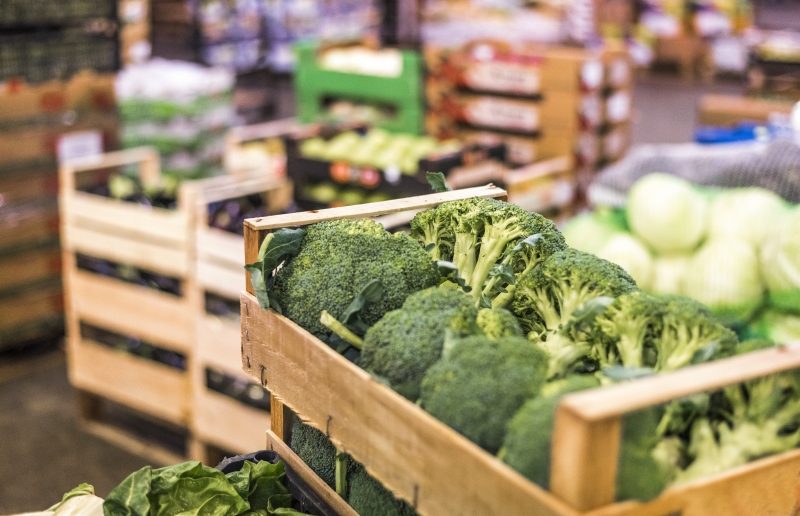Two billion people worldwide experience food insecurity and 14% of food produced for humans to consume is wasted before it arrives at the wholesaler, according to the Food and Agriculture Organization of the United Nations (FAO). The FAO celebrates World Food Day on October 16, 2020. This year’s event focuses on how countries around the world overcame numerous food system challenges throughout the COVID-19 pandemic, and celebrates the “Food Heroes” among us.
Here are five ways innovative companies and individuals are combating hunger and nutrition issues facing vulnerable populations across the United States.
1. Combating food waste
FoodMaven is one of several companies with venture capital backing that have recently emerged to combat food waste. FoodMaven, serving Colorado and the Dallas/Fort Worth area in Texas, takes food that would normally not move through traditional retail channels and works as the distributor to deliver that food to restaurants and food service buyers. For every 100 pounds of food they purchase, the company donates 15 meals to hunger relief nonprofits. They estimate that they save 40 pounds of food from being wasted.
2. Using technology to increase food access
In 2013, a high school junior named Jack Griffin tried to volunteer at a local food pantry and had a difficult time finding one near his home. This experience inspired him to create FoodFinder, a free web tool and app that maps food pantries and non-profit feeding outlets throughout the United States, making it easier for those who are in need to access a location near them. When the COVID-19 crisis hit, upwards of 16,000 people per week were accessing the site, as people struggled to find their next meal.
3. Making a difference through private-public partnerships
PepsiCo Food for Good is using the economies of scale via PepsiCo to deliver meals to low-income communities. Since the program began in 2009, 100 million servings have been distributed throughout 20 cities and 11 states. Food for Good leverages critical relationships with non-profits and the U.S. Department of Agriculture (USDA) to help with the logistics and delivery of meals. Meals are provided to children via backpack programs, summer food distribution and the Child and Adult Care Food Program. When schools were forced to close due to the COVID-19 pandemic, Food for Good partnered with the USDA and the Baylor Collaborative on Hunger to provide nearly 1 million meals per week to low-income students in rural areas.
4. Disaster response: Delivering immediate relief to mitigate long-term hunger
Chef Jose Andres’ World Central Kitchen (WCK) is often one of the first organizations on the ground after a natural disaster. His network of chefs and partner organizations mobilize quickly after disasters in the US to ensure those impacted have access to hot meals. A WCK team is currently working to feed first responders and evacuees from the California wildfires. Mobilizing full-time staff and volunteers allows WCK to mitigate hunger in areas that need immediate help, allowing families to focus on other issues after a disaster.
5. Fixing cracks in the food supply chain
The FarmLink Project is a nonprofit organization founded in the early days of the COVID-19 pandemic by college students from Brown and Stanford. Since March, they have saved over 12 million pounds of food that would have ended up in a landfill due to restaurants and school closures, and helped farmers move this excess food to food banks.
The important work of the FAO affects people all over the world, but changes needed to increase food security often start at the local level. How is your community working to combat hunger? Help us celebrate World Food Day by sharing in the comments below.

